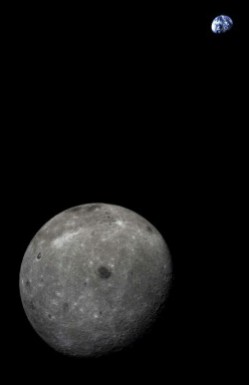Solid rocket motors for American rockets?
The competition heats up: Even as ULA and Blue Origin begin work building an American engine to replace the Russian engines on the Atlas 5 rocket, ATK is offering its solid rocket motors for both Atlas 5 as well as Antares.
The company’s sales pitch is that they can get their product ready faster and cheaper. And since they are merging with Orbital Sciences anyway, I will not be at all surprised if Antares ends up with ATK solid rocket motors for its first stage.
As for Atlas 5, this sales pitch is actually aimed at Congress, which could step in and force ULA to buy ATK motors instead of Blue Origin’s new engine, even if this switch is against the wishes of ULA. As foolish as this might seem, the politics of pork (ATK provides more jobs than Blue Origin) could make it happen.
The competition heats up: Even as ULA and Blue Origin begin work building an American engine to replace the Russian engines on the Atlas 5 rocket, ATK is offering its solid rocket motors for both Atlas 5 as well as Antares.
The company’s sales pitch is that they can get their product ready faster and cheaper. And since they are merging with Orbital Sciences anyway, I will not be at all surprised if Antares ends up with ATK solid rocket motors for its first stage.
As for Atlas 5, this sales pitch is actually aimed at Congress, which could step in and force ULA to buy ATK motors instead of Blue Origin’s new engine, even if this switch is against the wishes of ULA. As foolish as this might seem, the politics of pork (ATK provides more jobs than Blue Origin) could make it happen.

